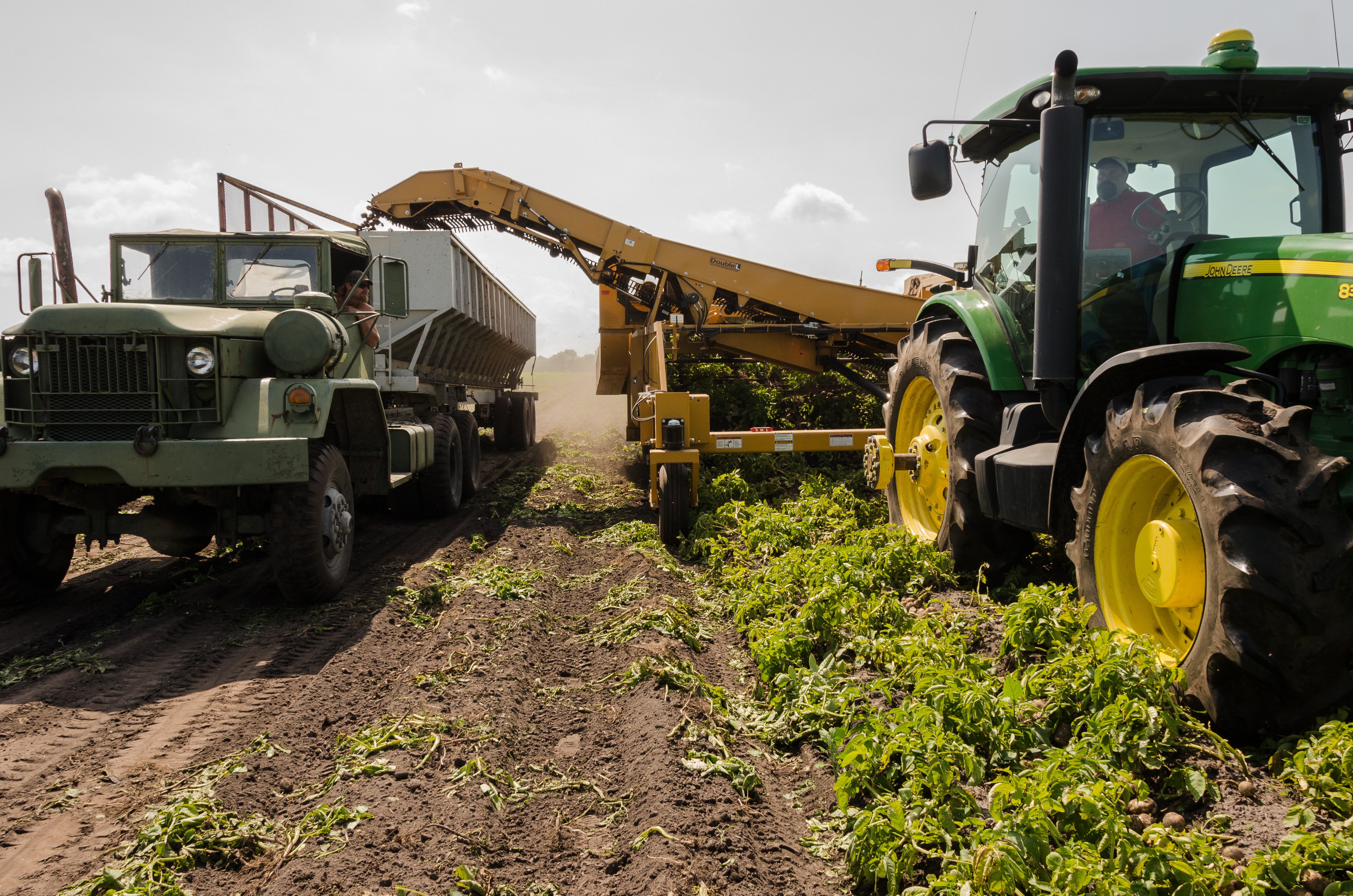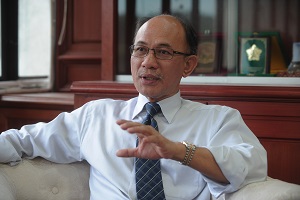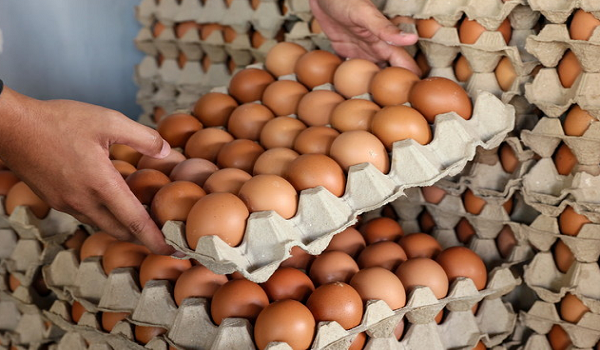**This article was published in English and has no translation in Malay Language**
**This article was published in NEW STRAITS TIMES on 10 OCTOBER 2019.**
By Prof Datuk Dr M Nasir Shamsudin

With rising population and per capita income as well as urbanisation, the global demand for food continues to grow and persistently outpaces production growth, albeit by a narrow margin. The world population is projected to increase from 7.5 billion currently to 9.7 billion by 2050. The world will need to produce 70% more food calories in 2050 than we did in 2006. This has potentially dire consequences for every nation including Malaysia where the population is projected to grow to 40.7 million in 2050.
Over the next few decades, the global food system will come under renewed pressure from the combined effects of fundamental and systematic factors. And, added to these effects, new dimensions in the price equation are the environmental impacts of agriculture. These effects will create further constraints on food supply.
To address the challenge, the agricultural sector needs to employ a wide range of evolving technologies and farm practices. Innovation and investments in agriculture system technology will play an important role in fostering agricultural productivity. Examples of these technologies are, among others, soil and water sensors, weather tracking, satellite imaging, automation, minichromosomal technology, vertical farming, artificial intelligence, nanotechnology, GPS applications, robots, and precision agriculture. In using these technologies, for instance, farmers no longer have to apply water, fertilizers, and pesticides uniformly across entire fields. Instead, they can use the minimum quantities required and target very specific areas, or even treat individual plants differently.
In the developed economies, improved farm equipment has had the most significant impact on how farmers raise crops. Tractors, planters, and combines are much larger and efficient. Livestock barns have automated feeders. Robotic milking machines milk cows. These technologies have enabled farmers to be more be more profitable, efficient, safer, and more environmentally friendly.
In addition, robotic technologies enable more reliable monitoring and management of natural resources, such as air and water quality. It also gives producers greater control over plant and animal production, processing, distribution, and storage, which results in greater efficiencies and lower prices, safer growing conditions and safer foods, and reduced environmental and ecological impact.
In Malaysia, hitherto, low levels of agricultural system technology applications are a major stumbling block to achieving productivity growth. The application needs to be supported by research and development in physical sciences, engineering, computer sciences; development of agricultural devices, sensors, and systems; assessment on how to employ the technologies economically and with minimal disruption to existing practices; and extension services to farmers on how to use new technologies.
The role of engineers is importance to design and develop the technologies to be applied by the farmers. Engineers need to be in the farms to facilitate the design and adoption of the technologies.
Thus investment requirements must be considered urgently and broadly, not only to encompass scientific and technological advances, but also to address the need for appropriate infrastructure, capacity building, and policy.
In terms of capacity building, other than academic programs in agricultural engineering which is currently being offered by Universiti Putra Malaysia (UPM), universities may also consider offering academic program in Agricultural Systems Technology. The graduates can find rewarding careers in a variety of agricultural businesses. They focus on managing, using, and troubleshooting technology (instead of engineering design) by applying their knowledge of technology, agriculture, and processing systems.
Farmers need to face the right signals for the adoption of the technologies. Farmers will adopt the technologies and farm practices if they expect the investment will be profitable, if they have the right education, information and motivation, and if government policies set clear goals.
In terms of policy, incentives must be provided to alter the prices facing farmers for their inputs and outputs, which in turn will influence their decisions on investment and can lead to sustainable and profitable farming practices.
 |
Prof Datuk Dr M Nasir Shamsudin
Lecturer
Faculty of Agriculture
|
Date of Input: 22/10/2019 | Updated: 29/11/2019 | hairul_nizam
MEDIA SHARING




























